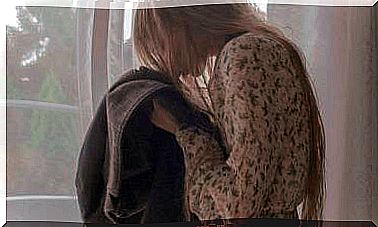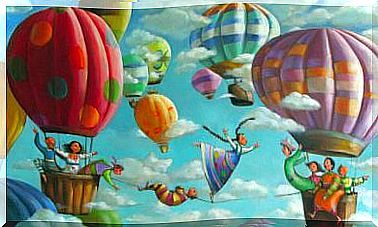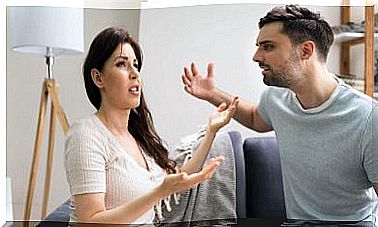Relaxation Techniques For Children
Relaxation techniques for children are a very suitable tool for them to learn to recognize their different emotional states and increase the degree of body awareness. With these resources they will not only know how to calm down before, but they will develop their emotional intelligence.
Children can learn to relax from a very young age. However, not all techniques are suitable for all ages. For example, the bottle of calm can be useful to the little ones. Instead, Jacobson’s progressive relaxation is appropriate for the elderly.
The Calm Flask: One of the Relaxation Techniques for Younger Children
This technique is very effective due to its simplicity. It can be used from 2 years. To carry it out we need the following:
- A plastic bottle or a glass jar for older children.
- A wide container.
- A funnel.
- A spoon to stir the mixture.
- Purpurin.
- Hot water.
- 2 tablespoons of built-in or clear glitter glue.
- A few drops of food coloring.
The ingredients are mixed in the container and incorporated into the jar or bottle through the funnel. The result of the glitter water helps the little ones to differentiate when we are calm – the glitter is at rest in the background – from when we are nervous or upset, with all the glitter mixed with the water.
You can agree with the children when to use it. For example, when they detect that they are more anxious or angry. Shaking the bottle will release some of the built-up tension and watching the glitter slowly descend will have an added relaxing action.
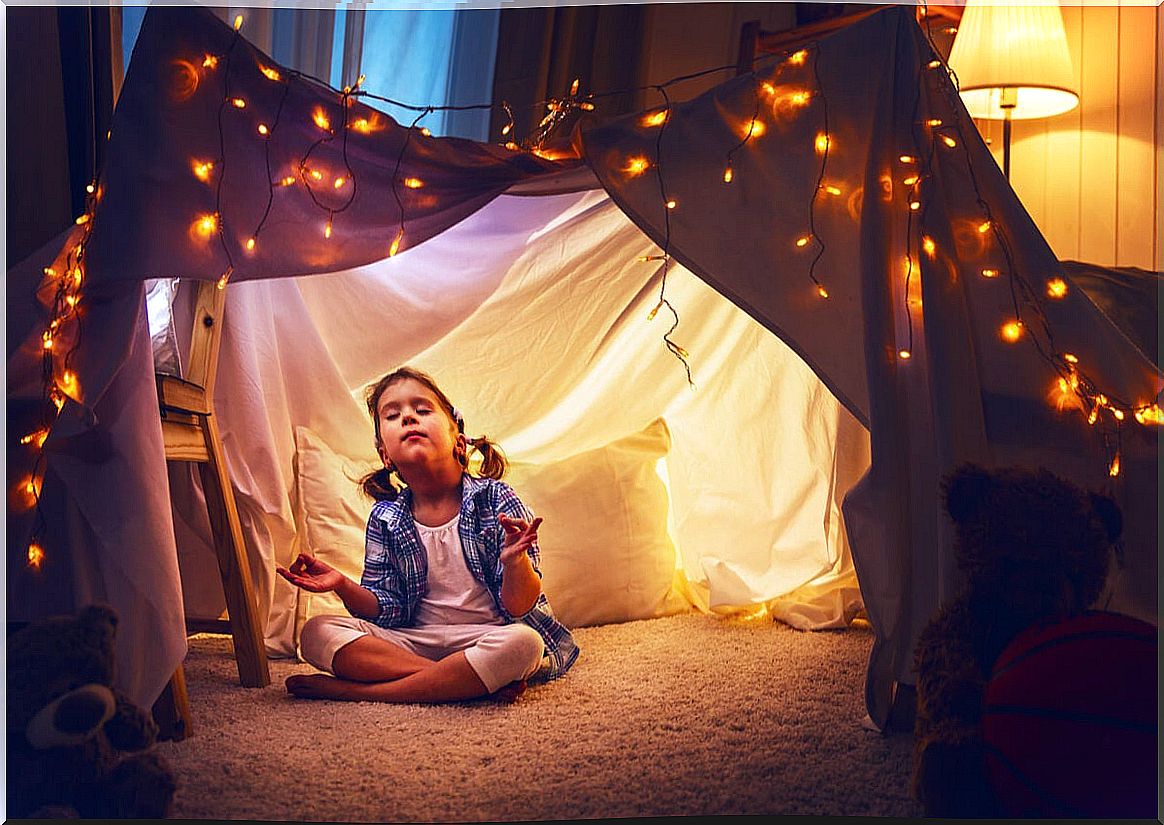
Turtle Technique
Among the relaxation techniques for younger children, one of the most common is the turtle technique. In it, the little ones are told that they must imagine that they are a turtle. To do this, they are placed face down on the ground, simulating the posture of the animal.
Then we tell them that it is getting dark and that it is time to sleep. To be like turtles, they must shrink their arms and legs little by little until they are placed under their backs, taking the shape of a shell.
While they are cowering, we can give the instruction to take deep breaths as if they were sleeping. We let a couple of minutes go by and we tell them that the sun is rising. Then, the children slowly stretch their arms and legs simulating their awakening.
Ant technique
This technique works very well to work on relaxation in the classroom. Children are placed in a space where they can move freely.
Then we tell them that at that moment they turn into ants. To do this, we explain that their arms and legs are shrinking and moving more and more slowly because they are becoming tiny.
Once they have turned into ants and their movements are very slow, we ask them to relax the contracted muscles. The game can end there or continue giving instructions so that they become another animal.
Balloon technique
To carry out this activity we ask the children to imagine that they are a balloon. For this we can help them with their arms to simulate the round image.
We explain to them that we are a balloon that accumulates a lot of anger: we are about to explode because we have negative emotions and the lungs fill with air and the belly swells. In this phase, they inhale deeply through the nose and hold the air for a few seconds.
To get rid of that negative emotion, we exhale the air through our mouth and explain that when we do it we feel more relaxed and more at ease. The exercise is repeated a few times until the children have mastered the technique.
With older children we can use a real balloon, as long as there is supervision. The first phase consists of blowing with intensity to fill as much as possible the balloon. In the second, they slowly release the air from within.
Mindfulness: one of the best relaxation techniques for older children
The mindfulness , also known as Mindfulness is a technique in which people learn to connect with the present moment. There are many exercises of this type that we can teach children. To practice them, it is important that you adopt a comfortable posture and are quiet.
A simple mindfulness exercise can be to teach them to focus their attention on their breathing. Another activity can be to contemplate the flame of a candle, the movement of the clouds or close your eyes and concentrate on the sounds that surround you.
The mindfulness can also be practiced in motion. For example, an activity that children tend to like very much is going to a park or a forest and there experimenting with the sounds of their footsteps, the texture of plants and trees or the different smells that are identified in nature.
Jacobson’s progressive muscle relaxation
This method is one of the classics in psychology. It is based on the contraction and relaxation of different muscle groups. The advantage of this technique is that it can be practiced in almost any situation without the people around them noticing, so it can be useful when faced with an examination or situation that upsets the child.
This should be in a comfortable posture, either sitting in a chair with the arms resting on the legs or lying on the floor. It is recommended to do the exercise with your eyes closed and take a few deep breaths before starting.
Then we give concrete instructions of which muscle group to tense. It is common to start with the hands: “Close your hands as tightly as you can without hurting yourself. Focus on the tension in your fists and hold it there for a few seconds. Now gently relax them and feel the difference between tension and relaxation.
The same exercise is performed with arms, shoulders, back, legs, feet, abdomen, eyes, jaw and any other muscle that is easy to tense and release. The child learns to identify the tension in his body and how to eliminate it properly. To be effective in a real context it is key that you incorporate exercise into your daily routine or practice it as often as possible.
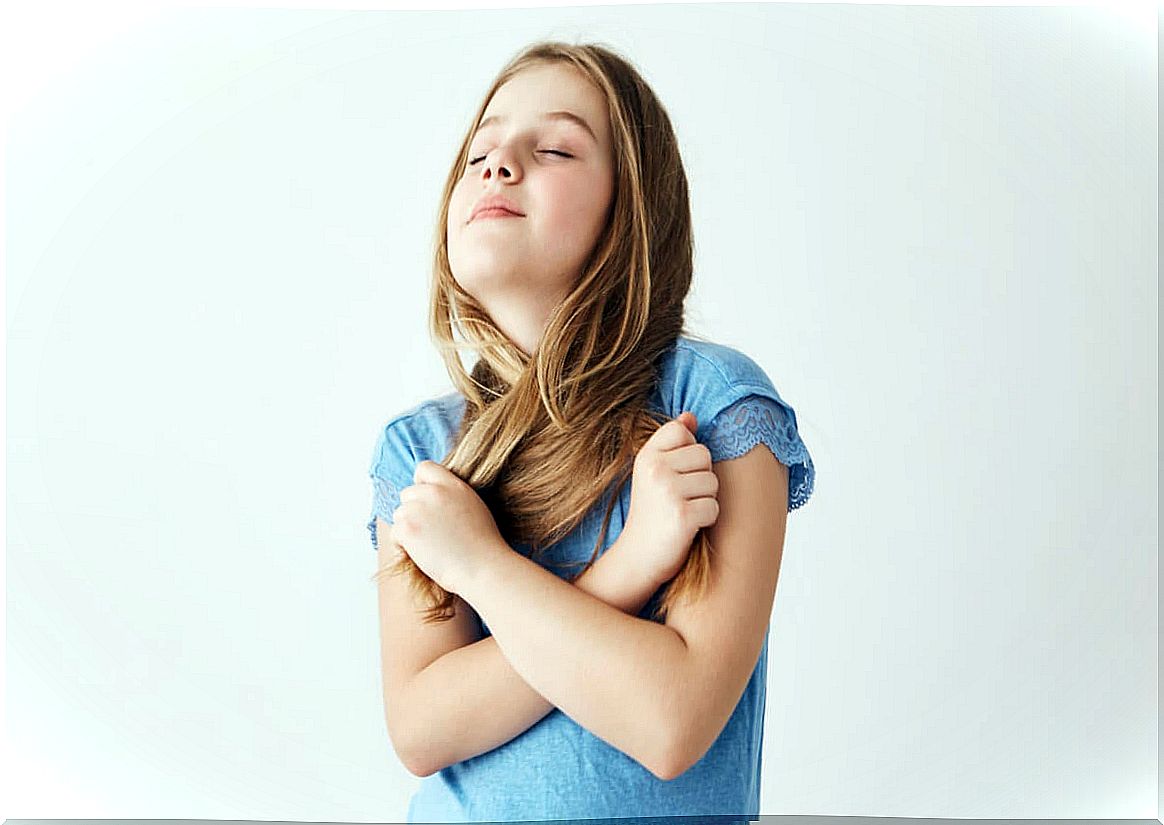
Other relaxation techniques for children
In addition to the techniques described, there are many other strategies that can help children relax. Some of them are the following:
- Coloring mandalas .
- Deep breathing.
- Viewing relaxing images.
- Guided meditations adapted to a children’s audience.
- Create a stress ball or similar object.
- Practice some simple yoga poses.
Relaxation techniques for children are varied
The important thing is to find the relaxation technique for children that best suits your characteristics and from which you can get the most benefit. In the event that various techniques do not work or the child has symptoms that we do not know how to manage, it is advisable to consult with the pediatrician or a specialist in child psychology.
